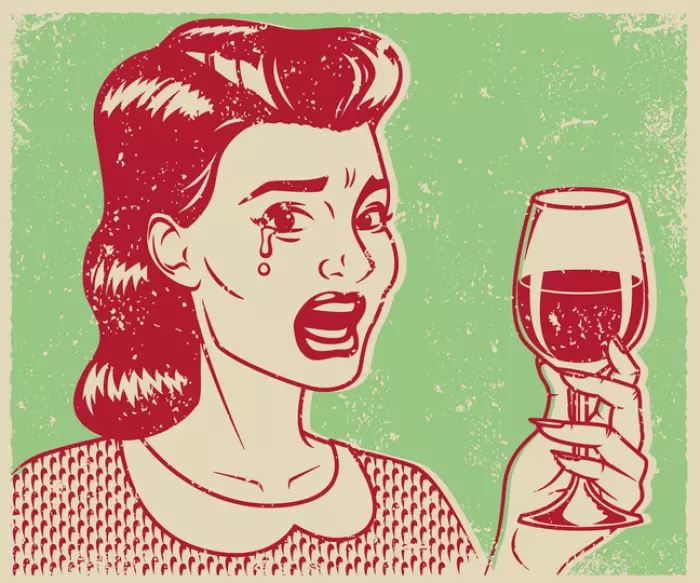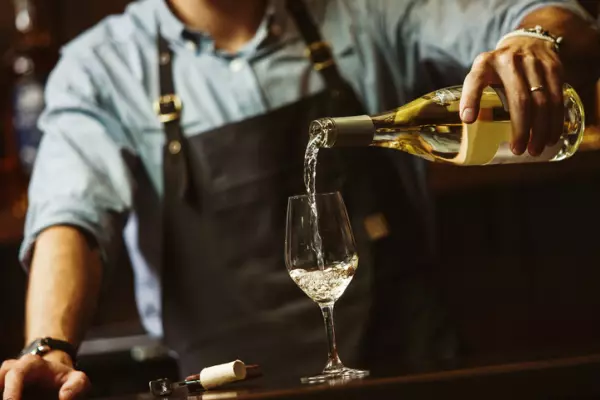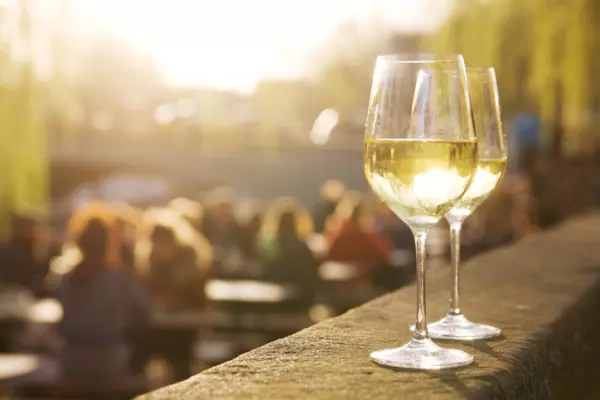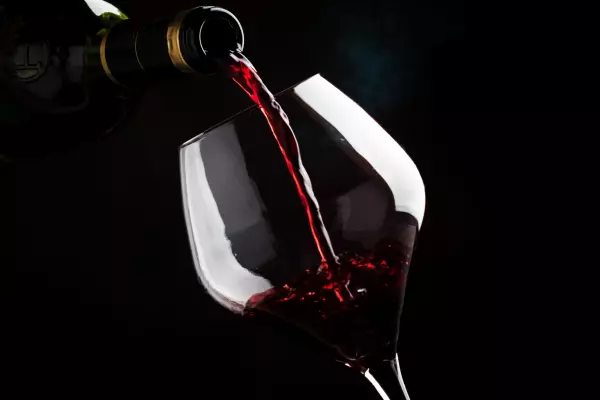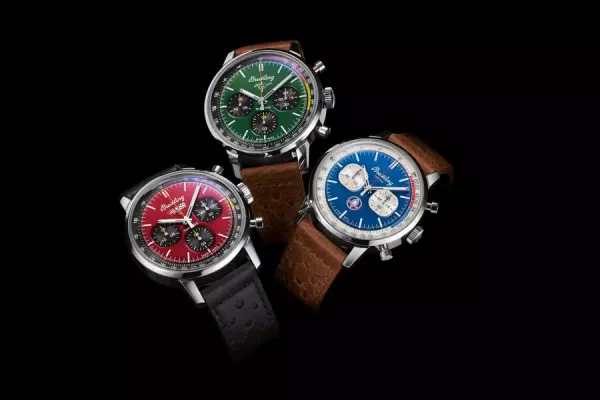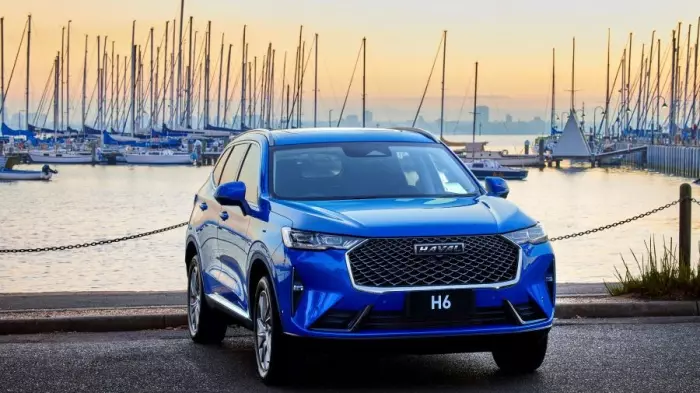In 1988, I visited Christie’s auction house in London to interview their famous wine auctioneer the late Michael Broadbent MW. He greeted me warmly and said, “Before we sit down for a chat, would you like to taste some wines at a pre-auction tasting?” I accepted his invitation and was escorted into a room where his assistant had just opened 25 wines from the great 1929 vintage or older.
Trembling with anticipation, I poured myself a small amount of 1929 Château Haut-Brion, a First Growth Bordeaux red that has an average price today of NZ$5044, according to Wine-Searcher. It tasted like something that had leaked out of a Kleensak. It was disgusting, and still ranks as one of the worst wines I have ever tasted. My tasting notes mentioned old cigar butts and sewage.
Many of the wines were in a similar state of decay. There were a few amazingly good vintage ports and some lovely, fragile old sauternes, but the majority were not fit for drinking.
A wine-wise friend later explained that auction houses tend to open bottles only when they have multiple cases to sell. They usually select the bottle with the lowest fill level for tasting. As the wine level goes down, there is an increased risk that the wine will be dodgy. Wine-auction catalogues frequently indicate the fill-level as a guide for buyers. As the wine goes down, so does the price.
It was a bit of shock to discover that the worst wine I’d ever tasted was also one of the oldest and most expensive wines I’d tasted.
If you look up a chapter headed “Smells, Worst” in the Guinness World Records you will find ethyl mercaptan at the head of the list. Ethyl mercaptan is described as “rotting vegetables and sewer gas”. It can occur in wine.
I have come across a number of wines that show traces of ethyl mercaptan, although I must admit that they tend to display a sort of rotten garlic or rotten onion character rather than sewer gas. Anyone who has driven past Kinleith paper mills near Tokoroa or sniffed natural gas will have experienced a whiff of mercaptan.
Mercaptan is just one of the “off odours” that can occur in wine. It is offensive when strong but I find that, in very small doses, it adds to the rich tapestry of smells in some wines. It can supplement a wine’s individuality and personality like a flaw in a Persian carpet. Mercaptan occurs after a wine has been bottled if that wine contained another offensive chemical, hydrogen sulphide.
Hydrogen sulphide, which is the familiar “egg yolk” smell that permeates the atmosphere in Rotorua, is present to some degree in all wines. It often occurs during fermentation when the fermenting yeast cells run out of nutrients. The yeast cells become stressed and start producing hydrogen sulphide, or “yeast farts”, as some winemakers call it. A diligent winemaker should soon become aware that his yeasts have a touch of flatulence. The solution is simple. The winemaker will add a yeast nutrient, such as diammonium-phosphate, to the wine. That should put a smile on the yeast cells’ faces and stop them farting.
Because hydrogen sulphide is a gas, it can sometimes be removed by sparging the fermenting wine with air. If that doesn’t work, winemakers can always add copper sulphate to the wine. Copper sulphate removes the hydrogen sulphide but it also removes a bit of flavour, so adding it is an action of last resort.
If you discover a wine that you think may have some hydrogen sulphide, there is a simple test to see whether you are right. Drop a piece of copper (an old penny works well) in the glass. If the odour diminishes, you were right. I have applied this test in front of a puzzled wine waiter. He thought I was mad but he did allow me to order another bottle from his list.
Other off-odours in wine include cork taint, a yeast infection known as brettanomyces that often smells of Elastoplast sticking plasters, the sherry-like character of oxidation, vinegar or its associated odour of aeroplane glue, the musty odour of rotten grapes, and papery smells from filter pads.
Off-odours in wine have become increasingly rare thanks to advances in technology in both vineyard and winery, together with consumer awareness. The move from corks to screwcaps and the development of relatively fault-free corks have probably made the greatest contributions towards a fault-free goal, certainly in the past 20 years.
Bob’s Top Picks
Investment Wine

Terra Sancta Special Release – The Italian, Central Otago, $49.95
A blend of four vintages (2016-19) and three northern Italian grape varieties, dolcetto, barbera and lagrein. Elegant red with a core of sweet fruit balanced by ripe tannins. Quite a savoury, smoky wine, with raspberry, black cherry, violet and sweet herb flavours that are nicely integrated and a pleasure to experience.
Weekend Wines
Top White

Two Rivers 2019 Clos des Pierres Chardonnay, Marlborough, $36
Attractively rich and flavoursome chardonnay with grapefruit, tree fruit, oyster shell/mineral, toast/brioche and subtle oak flavours. The wine has appealing purity and power with a lingering finish. Good now, even better in a few years.
Top Red

Te Mata 2019 Awatea Cabernets Merlot, Hawke’s Bay, $39
A blend of 46 percent cabernet sauvignon, 32 percent merlot and 22 percent cabernet franc from the Gimblett Gravels, Dartmoor and the Bridge Pa sub-regions. Dense, lush red with cassis, ripe berry and cedar wood flavours. A seriously good and very accessible red that offers great value at this price.
Read more from Bob at therealreview.com


